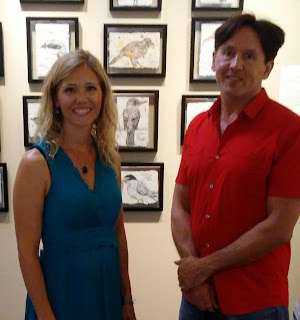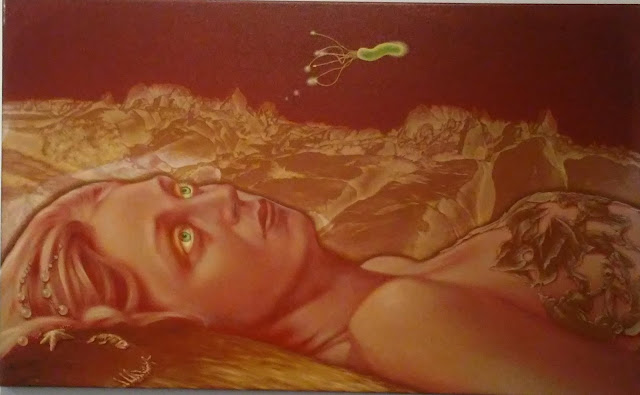UnDocumenta
Oceanside Museum of Art, Oceanside CA
Curated by Alessandra Moctezuma
Through January 28, 2018
Article by Cathy Breslaw
The Getty Museum has spearheaded and provided
several grants for a large set of exhibitions and collaborations known as
Pacific Standard Time: LA/LA. This ambitious project provides an awareness and
dialogue across southern California about Latin American and Latino Art. From
September 2017 through January 2018, Oceanside Museum is one of more than 70
cultural institutions in the region to participate. Organized and curated by
Alessandra Moctezuma, UnDocumenta includes the work of six artists who wrestle
with issues of immigration and the border, biculturalism, migration, labor issues and human rights. Expressing themselves through video,
photography, sculpture, social engagement, performance and interactivity, the
work of these contemporary Mexican, Latino and American artists from both
Tijuana and San Diego provides fertile ground for important conversations that
beg to be had in a geographic area where shifting cultural identities and
nationalities are at the forefront of challenging social and political debate.
Omar Pimienta’s Welcome to Colonia Libertad is a participatory art piece that replicates the bureaucratic practice
of acquiring passports. Pimienta sets up ‘mobile consulates’ where he exchanges
a visitor’s expired passport and trades it for an artistic faux passport
together with their new photograph and fingerprints,giving them access to his
Tijuana neighborhood of Colonia Liberdad. Teresita de la Torre’s 365 Days in an Immigrant’s Shirt pays
homages to undocumented migrants by wearing a plaid shirt everyday for a year –
a shirt she discovered while volunteering for an organization that leaves jugs
of drinking water in the desert for migrants trying to cross the border. Her
process is documented in photographs and a sketchbook from her daily postings.
Claudia Cano uses public performance by dressing up as a house-keeper/cleaning
lady named Rosa Hernandez. Clad in a
pink maid’s uniform, apron and wig, Cano sweeps public spaces including a park,
museum and adjacent to the border wall, demonstrating through photographs her
invisibility to oblivious onlookers, and highlighting the importance of
immigrant workers to our economy. Ana Teresa Fernandez's video projection Borrando
la Frontera shows the artist in a cocktail dress and high heels , climbing
ladders as she attempts to paint the border fence in Playa de Tijuana a light
powder blue creating an illusion of a disappearing border fence. Dominic Paul
Miller created a trans-border community partnership with Tijuana’s labor rights
group Ollin Calli. Using grant funds, Miller paid workers from Mexican
maquiladoras to collaborate with him on his art project - a social engagement
between factory labor and production, the result creating a series individual
drawings. There is also a wall in the gallery where Miller documents the
specific backgrounds of his Mexican participants, revealing the personal
identity of his collaborators. Marcos Ramirez Erre installed a site specific
piece by erecting a metal façade on the outside of the museum mimicking the
border fence. This worthy and engaging exhibition tackles contentious topics in
visually and intellectually stimulating ways. Several associated events are
planned and can be accessed online at: www.oma-online.org/calendar












































